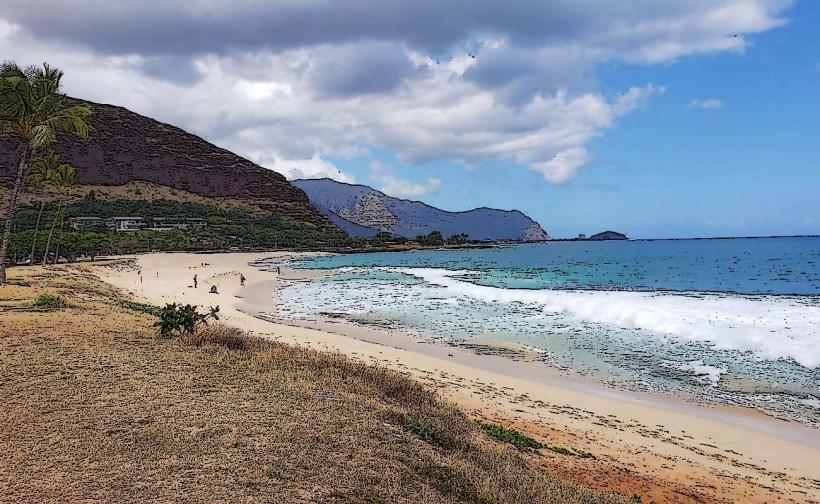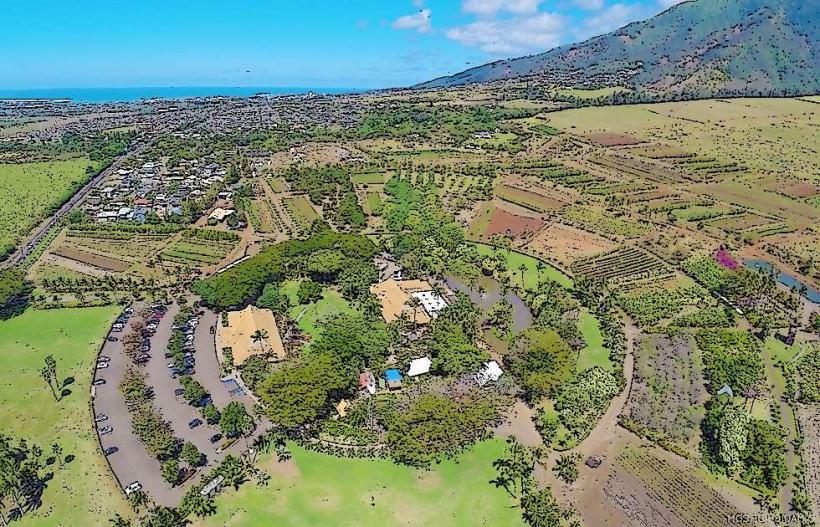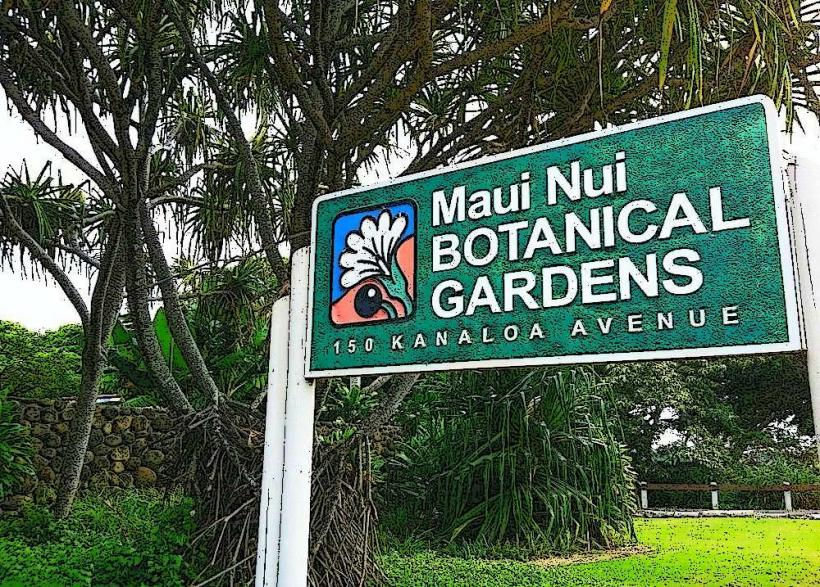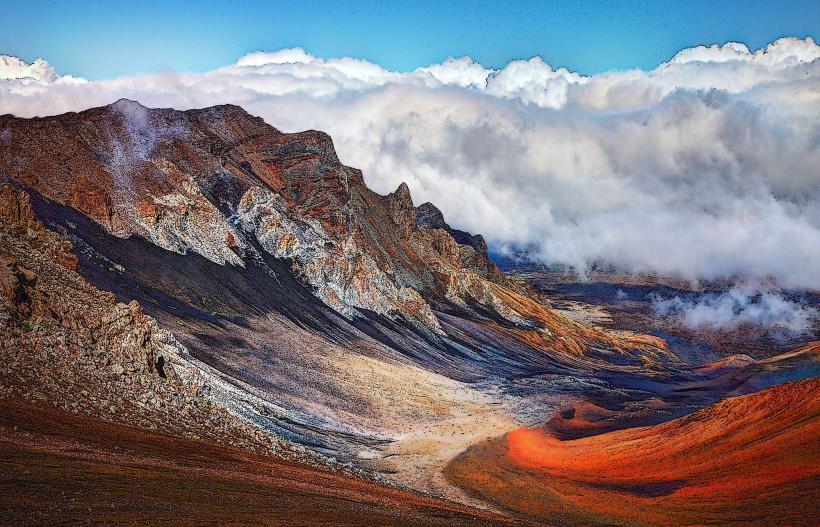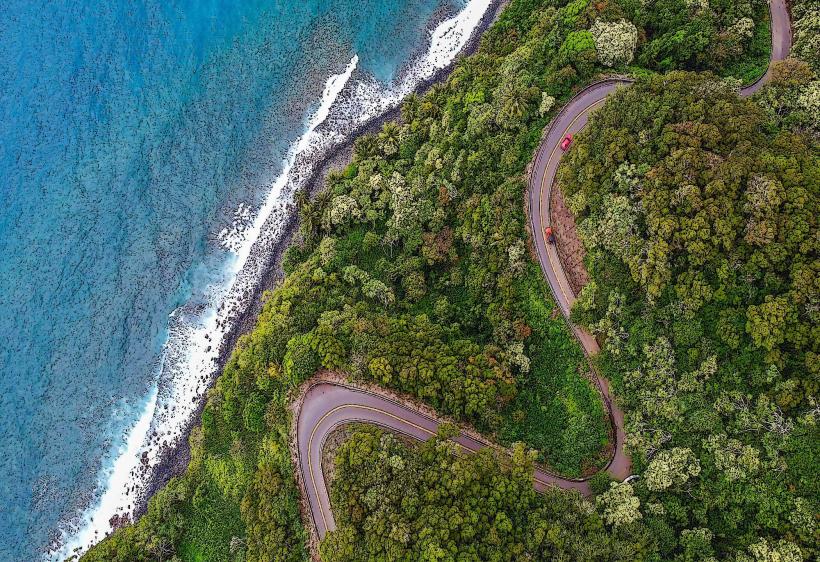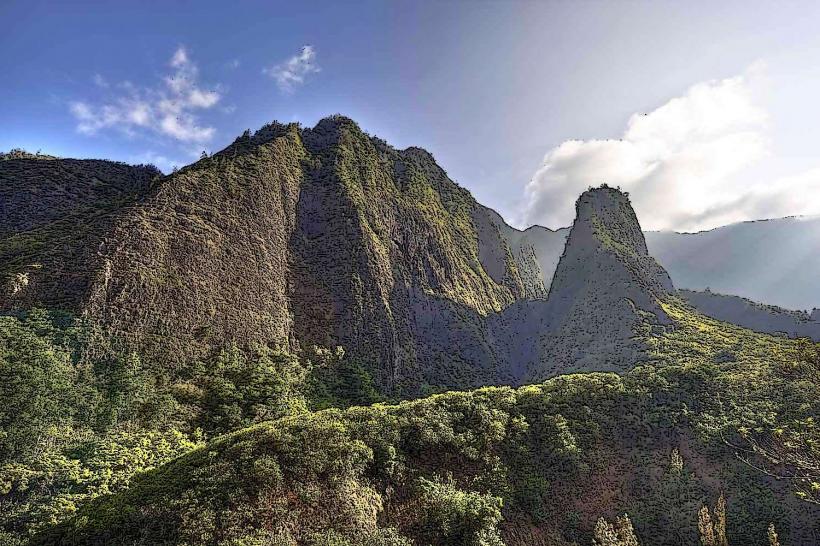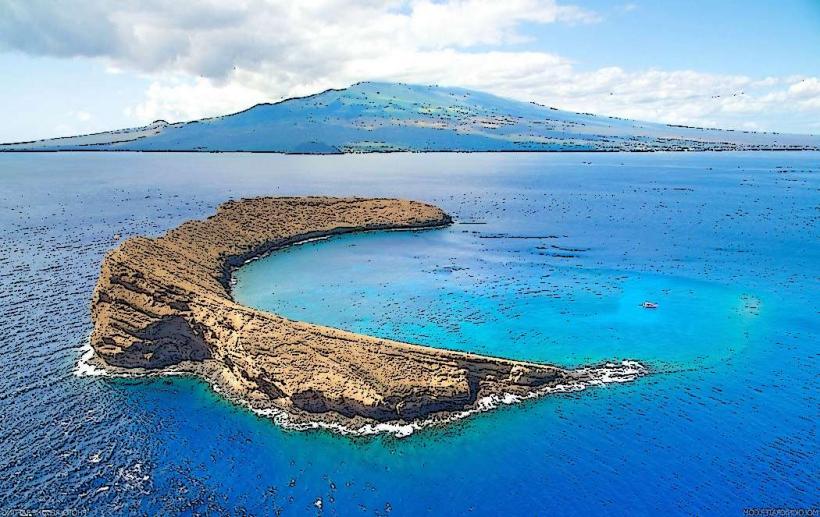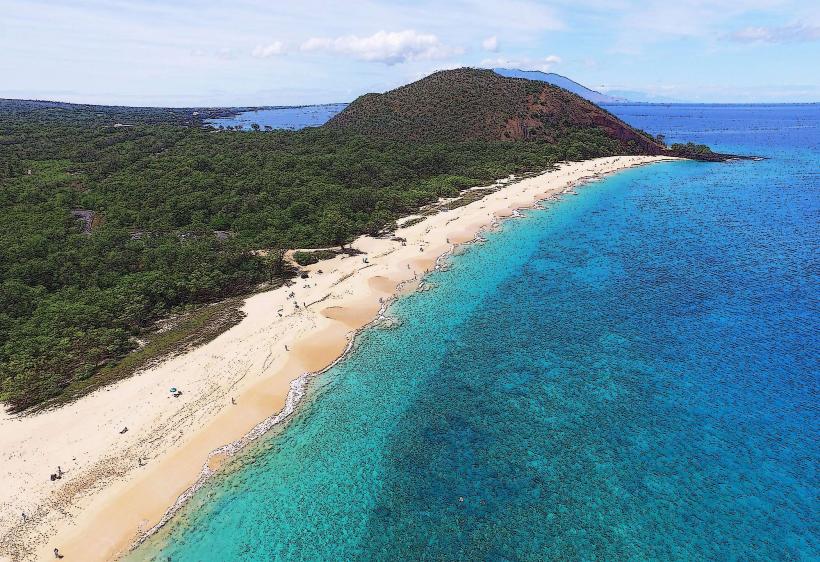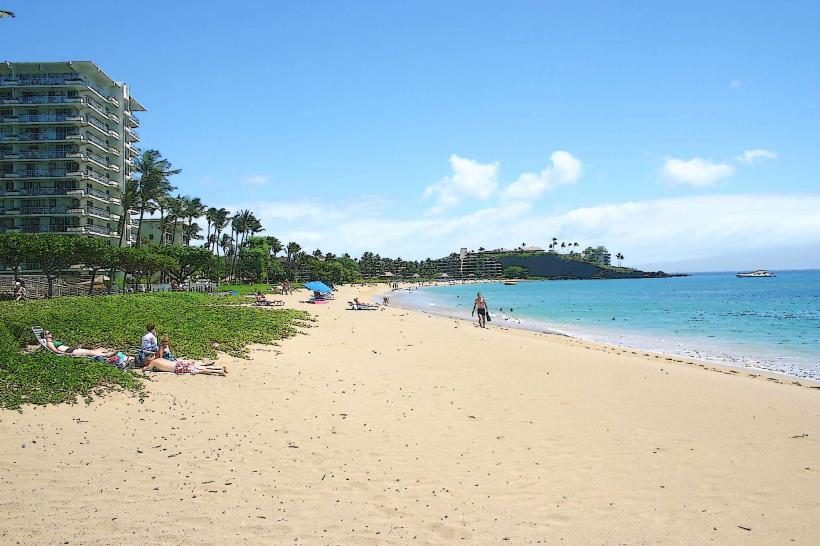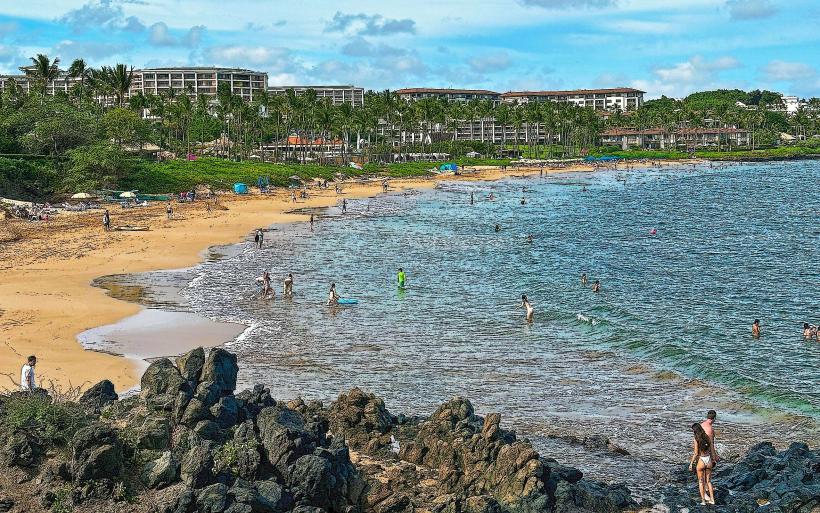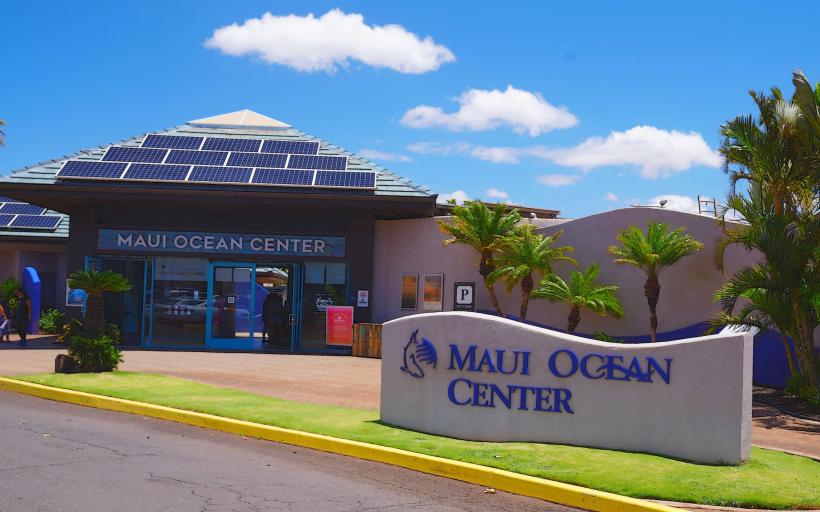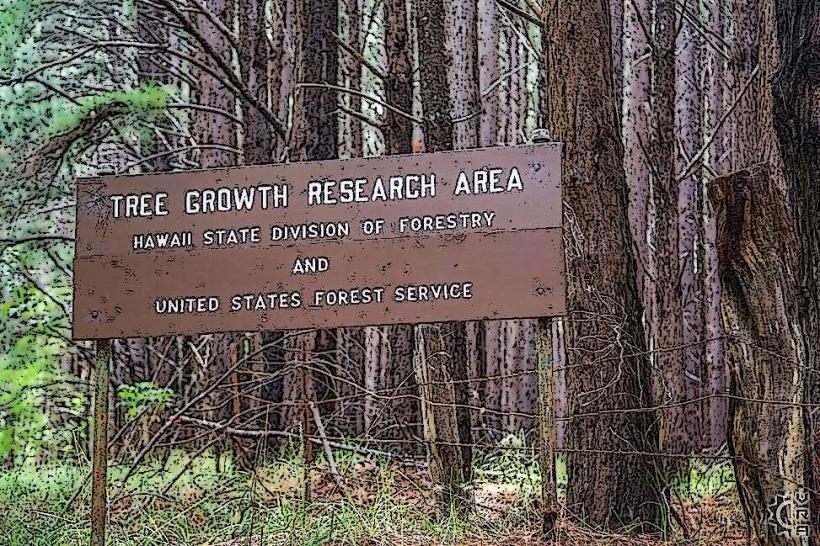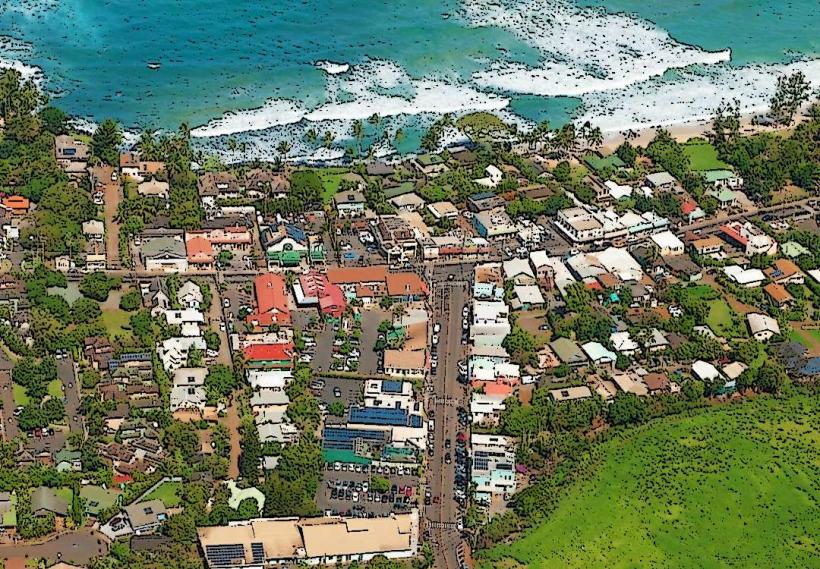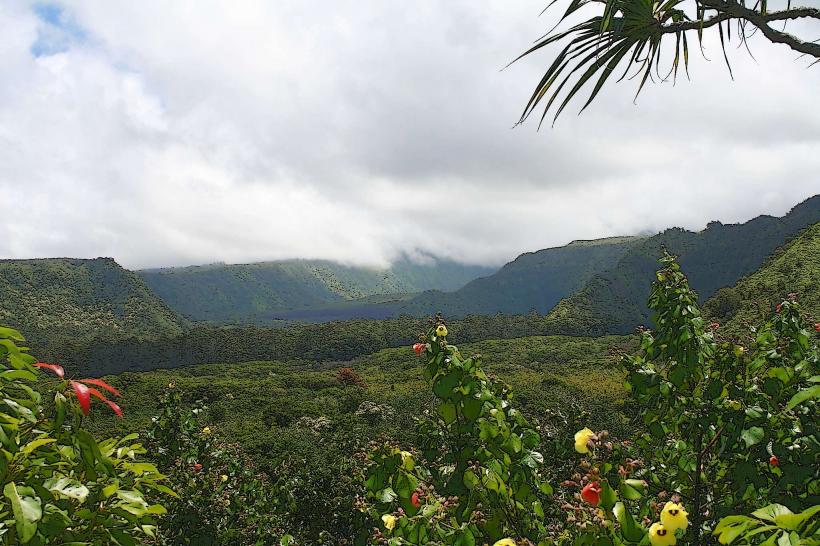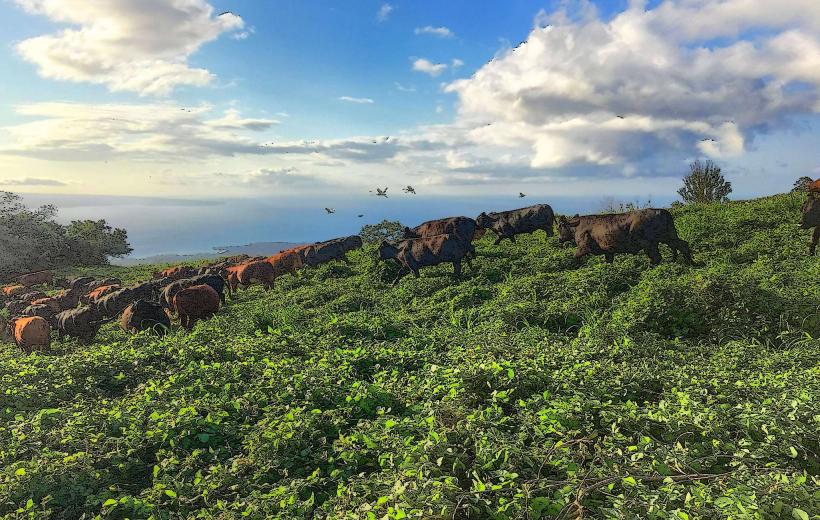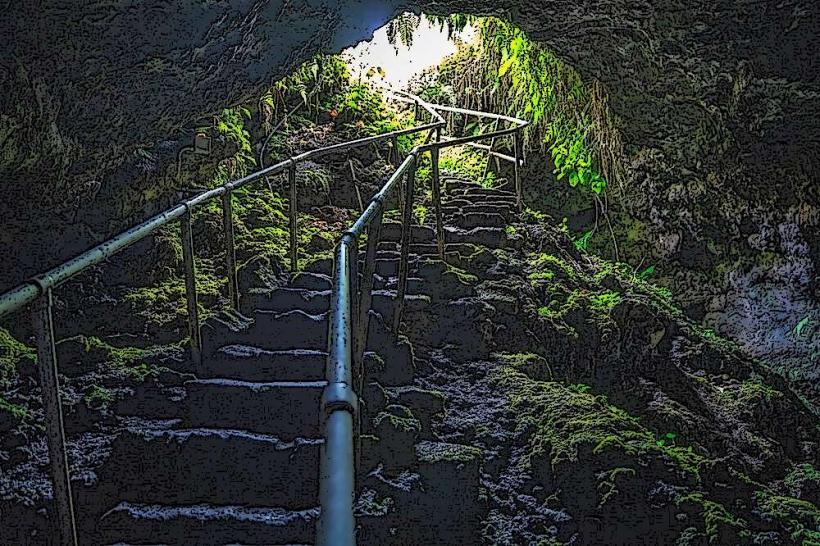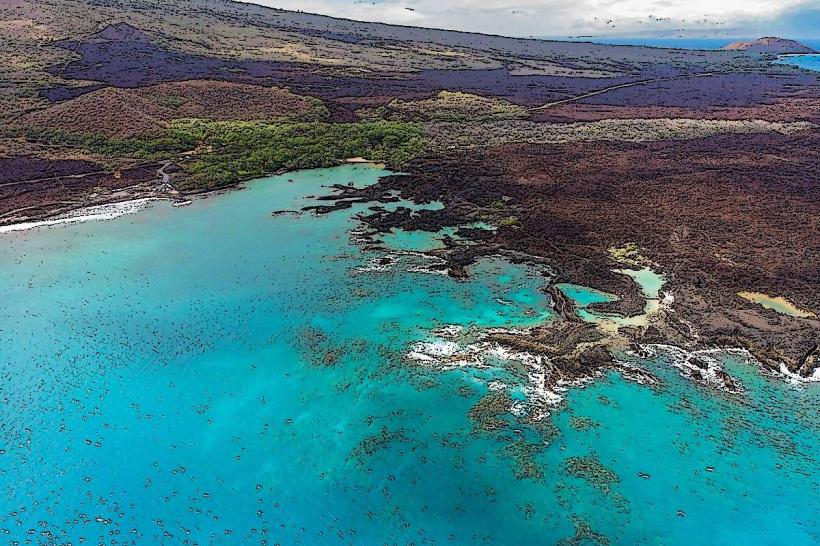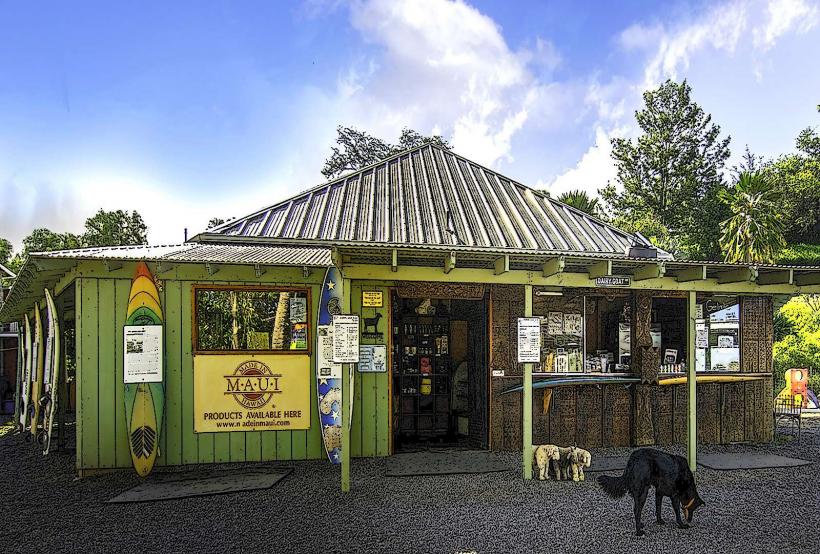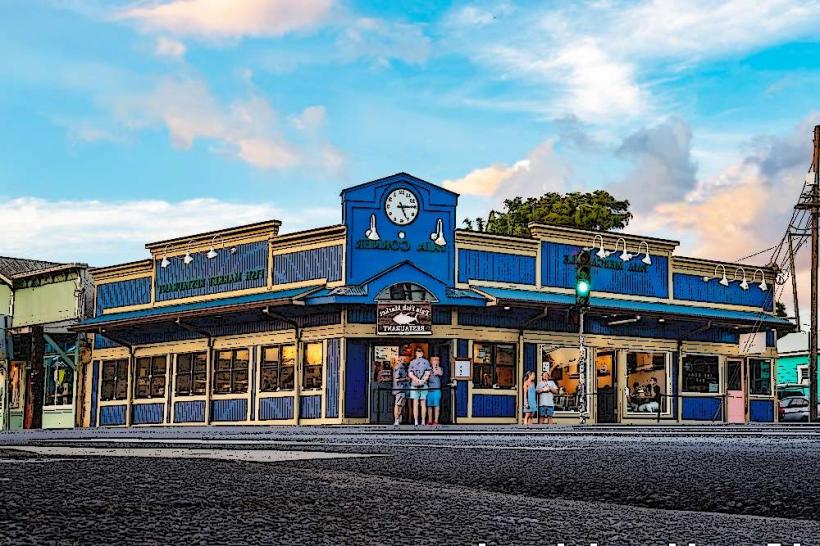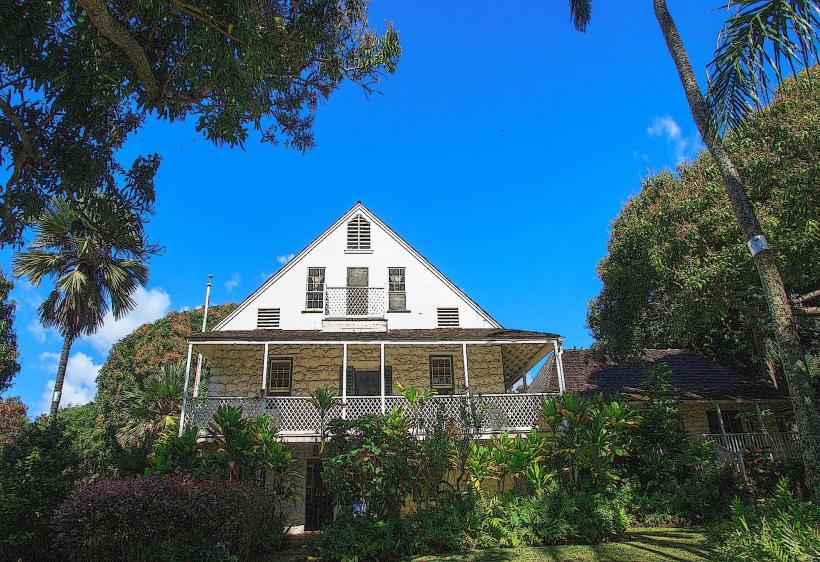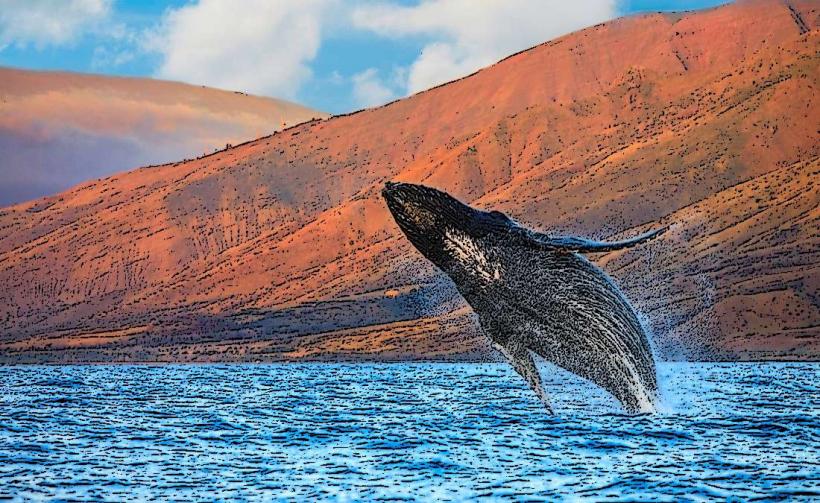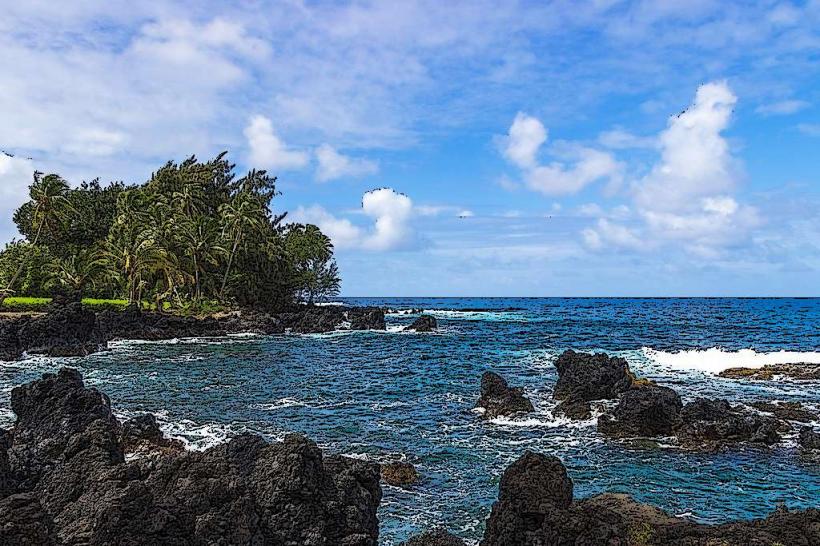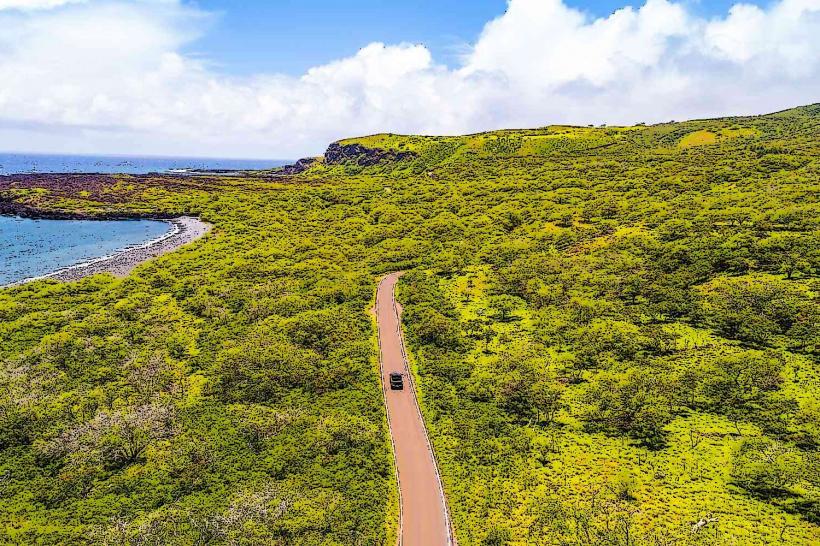Information
Landmark: Kipahulu Point ParkCity: Maui
Country: USA Hawaii
Continent: North America
Kipahulu Point Park is a part of the Haleakalā National Park, located on the southeastern coast of Maui, Hawaii. It is an area known for its lush landscapes, dramatic coastline, and significant cultural and natural features. This park is part of the Kipahulu District of Haleakalā National Park and offers visitors a unique opportunity to explore tropical rainforests, waterfalls, pristine pools, and important Hawaiian historical sites. The park is also home to various hiking trails, making it an excellent destination for nature enthusiasts.
Overview of Kipahulu Point Park
- Location: Kipahulu Point Park is located at the southeastern tip of Maui, along the Road to Hana (Highway 360), within the Haleakalā National Park. It is near the end of the famous Road to Hana drive, about 30 miles (48 km) from the town of Hana.
- Geographical Features: Kipahulu Point Park is situated along the rugged coastline of Maui, where steep cliffs and volcanic rock formations meet the Pacific Ocean. The area is characterized by tropical rainforests, waterfalls, lush valleys, and coastal views.
Main Features of Kipahulu Point Park
1. Haleakalā National Park (Kipahulu District)
The Kipahulu District of Haleakalā National Park includes Kipahulu Point Park. The park encompasses a variety of ecosystems, from coastal areas to lush rainforests, offering a diverse range of plant and animal life, as well as historical sites and stunning natural features.
- Haleakalā Volcano: While the Kipahulu District is on the southeastern part of Maui, the park itself is known for being home to Haleakalā, a dormant volcano that forms the heart of the island. The park is split into two main districts—the summit area and the Kipahulu District—both of which offer unique experiences.
2. Pools of Oheo (Seven Sacred Pools)
One of the most popular attractions within Kipahulu Point Park is the Pools of Oheo, also known as the Seven Sacred Pools. These freshwater pools are fed by the Oheo Stream, cascading over a series of waterfalls and surrounded by lush vegetation.
- Swimming and Waterfalls: Visitors can swim in the pools, though caution is advised due to strong currents and potential hazards, especially after heavy rains. The pools are located at the base of a stunning waterfall, offering a serene spot to relax and enjoy the beauty of nature.
- Scenic Views: The area around the Pools of Oheo provides breathtaking views of the surrounding cliffs, the lush rainforests, and the coastline, making it a prime location for photography.
3. Pīpīwai Trail
The Pīpīwai Trail is a famous hiking trail that leads through the rainforests of Kipahulu Point Park. The 4-mile (6.4 km) round-trip trail offers hikers the chance to experience the park’s lush biodiversity, including bamboo forests, tropical plants, and cascading waterfalls.
- Waimoku Falls: The trail culminates at Waimoku Falls, a stunning 400-foot waterfall that is one of the tallest on the island. The trail is moderately challenging, with some muddy sections, but it offers a rewarding experience with breathtaking views along the way.
- Trail Features: Hikers will pass through a variety of habitats, including bamboo forests, cascading streams, and scenic overlooks of the coastline and mountains.
4. Cultural and Historical Sites
Kipahulu Point Park is rich in Hawaiian culture and history. The area was historically home to Native Hawaiians, who cultivated crops, fished, and lived in harmony with the environment. Visitors to the park can learn about the ancient Hawaiian practices that shaped the landscape.
- Ancient Fishponds: The park features remnants of ancient Hawaiian fishponds, which were used by Hawaiians to cultivate fish in a controlled environment. These ponds are part of the rich cultural heritage of the area.
- Terraces and Agricultural Sites: Visitors can also explore remnants of terraced farming systems that were once used by native Hawaiians to grow taro and other crops. These sites give insight into the traditional Hawaiian lifestyle and the sustainable agricultural practices used for centuries.
5. Flora and Fauna
Kipahulu Point Park is home to a diverse range of plant and animal species, many of which are endemic to Hawaii. The tropical rainforests, streams, and coastal areas provide habitats for a variety of wildlife.
- Endemic Plants: The park features several endemic plant species, such as the ohia lehua, hala trees, and rare ferns. These plants thrive in the humid, tropical environment of Kipahulu.
- Birdwatching: The area is also a prime location for birdwatching, with several species of native Hawaiian birds, including the Nene (Hawaiian goose) and various types of honeycreepers. The area is also home to migratory birds, making it an ideal spot for nature enthusiasts.
6. Scenic Coastal Views
The coastline around Kipahulu Point is rugged and dramatic, with steep cliffs that drop into the ocean below. The views from this area are some of the most beautiful on the island, offering a chance to see both the vast expanse of the Pacific Ocean and the striking cliffs of Maui's southern coast.
- Whale Watching: During the winter months, the area is also known for being a great spot to see migrating humpback whales, which travel to Hawaii's waters to breed and give birth. The best time for whale watching is typically from December to April.
Why Visit Kipahulu Point Park?
Kipahulu Point Park offers a unique opportunity to experience Maui’s diverse ecosystems, beautiful waterfalls, and rich cultural history. Whether you’re interested in hiking, swimming, birdwatching, or simply enjoying the stunning views, the park provides something for everyone.
- Waterfalls and Swimming: The Pools of Oheo and Waimoku Falls are among Maui's most beautiful natural attractions, offering opportunities for swimming, photography, and enjoying nature’s beauty.
- Hiking: The Pīpīwai Trail is a must for hiking enthusiasts, providing access to tropical rainforests, bamboo groves, and one of Maui’s most impressive waterfalls.
- Cultural Heritage: The park is also rich in history, with ancient Hawaiian agricultural terraces, fishponds, and cultural sites that offer insight into the native Hawaiian way of life.
- Scenic Views: The rugged coastline and lush valleys around Kipahulu offer some of the most breathtaking views on the island, making it a perfect spot for relaxation or photography.
Access and Facilities
- Entrance: Kipahulu Point Park is accessible via the Road to Hana (Route 360). It is located within Haleakalā National Park, and the entrance is located near the Pools of Oheo.
- Parking: There is a designated parking lot at the park, near the Pools of Oheo and the Pīpīwai Trail trailhead. The lot can fill up during peak hours, so it is advisable to arrive early in the day.
- Restrooms: Restroom facilities are available at the Kipahulu Visitor Center and near the Pools of Oheo.
- Admission Fees: Visitors to Kipahulu Point Park will need to pay the Haleakalā National Park entrance fee, which covers both the summit and Kipahulu areas of the park. The fee is typically valid for 3 days.
Conclusion
Kipahulu Point Park offers a chance to experience Maui’s diverse natural beauty, from its lush rainforests and waterfalls to its stunning coastal views. Whether you're hiking the Pīpīwai Trail, swimming in the Pools of Oheo, or exploring ancient Hawaiian cultural sites, the park provides a rich and immersive experience. It’s a perfect destination for anyone looking to connect with nature, learn about Hawaiian history, and enjoy some of Maui’s most beautiful landscapes.

